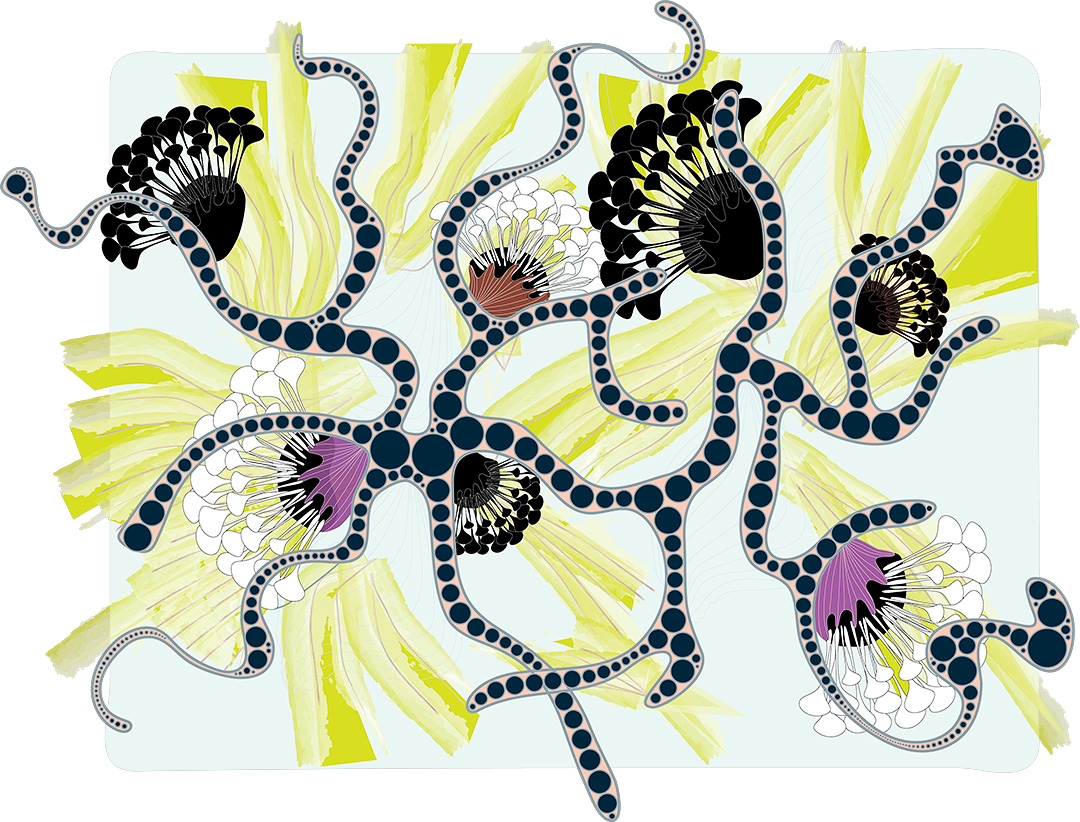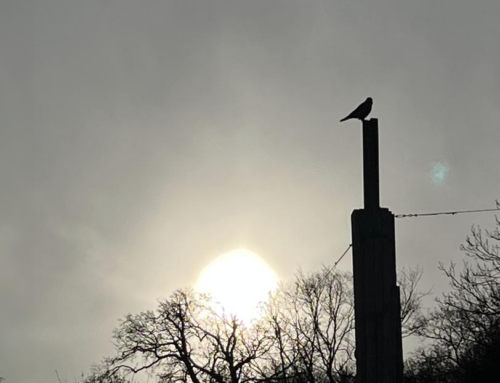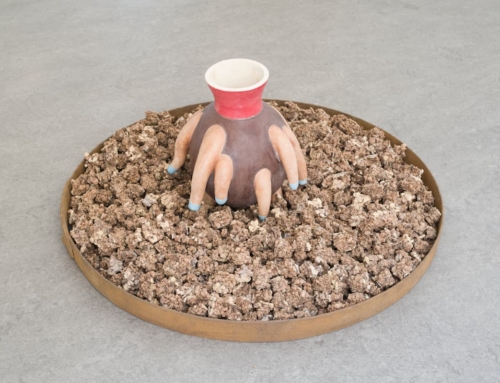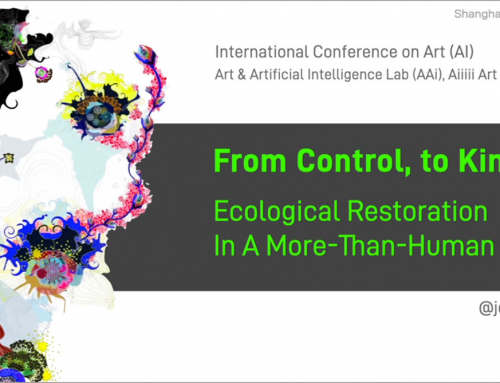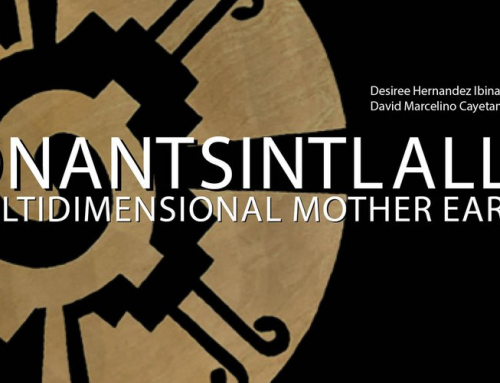For an exhibition called Sensory Orders curated by Erik Adigard at Laznia Centre for Contemporary Arts, in Gdansk, 32 artists, designers and writers were asked: “What sensory conditions are you are working with under present conditions? What sensory orders do you see emerging in the social-political environment around us?”
My theory of change is borrowed from Ilya Prigogene: “When a system is far from equilibrium, small islands of coherence have the capacity to shift the entire system”. As a writer, my work therefore involves a search for small islands of coherence – that I can later describe – in which social and ecological relationships thrive together. My aim as a curator is similar: I strive to enable embodied encounters with situations (or ‘islands’) in which we feel ourselves to be part of nature, rather than separate from it. This work is therefore not symbolic, like ‘systems thinking’. It’s more field work, than head work. I want people to experience relational ecologies, not just think about them. The artist Eva Bakkeslett describes this process – the cultivation of ecological and social connectivity – as social fermentation.
